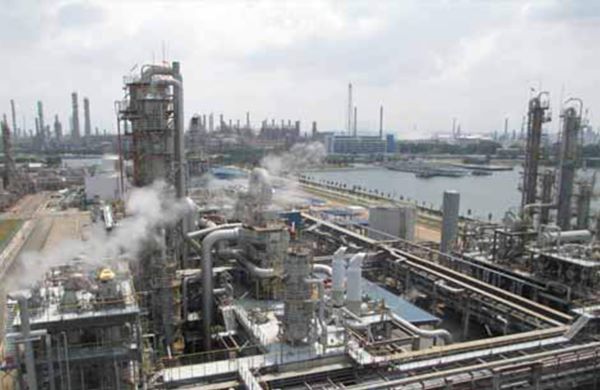Aggregate Capex incurred by 30 leading Indian chemical companies considered by us has grown at a 16% CAGR over FY15-22

Indian chemical companies have been investing heavily into Capex in order to capture the growing market opportunities and to expand their product mix. Companies are currently targeting both import substitution opportunity and export opportunity. Indian chemical companies have aggressive future Capex plans as they are moving up and/or down in their value chain, moving towards value-added and high-margin products. Most of the speciality chemical companies are looking to diversify their portfolio and introduce innovative products that garner better realisations and margins.
Aggregate Capex incurred by 30 leading Indian chemical companies considered by us has grown at a 16% CAGR over FY15-22, and a 10% CAGR over FY10-22. Capex spends grew over 3x in FY10-22 from INR 39bn in FY10 to INR 123bn in FY22. For our coverage universe, we expect Capex to grow at a 17% CAGR over FY22-24E.
SRF plans to spend INR 150bn over the next five years, dedicating ~80% of the Capex to its chemicals business.
Aarti Industries plans to incur Capex of INR 30bn over FY23-24 in order to launch value-added products in the chlorotoluene chain (over 40 products in the pipeline), concentrated nitric acid from weak nitric acid, etc.
Galaxy Surfactants plans to invest INR 3bn over FY23-24, employ it towards speciality and green surfactants and increase its speciality surfactants’ revenue contribution from 35% to 45% in the next five years. The company is also extensively expanding its mild surfactants category.
Deepak Nitrite plans to spend INR 15bn over FY23-24 to introduce new upstream and downstream phenol products, expand its existing product lines, and enter new chemistries like fluorination and photo-chlorination.
Aether Industries plans to incur INR 5.5bn over FY23-24, investing INR 1.9/2.5bn to establish site-3 and site-4 respectively, and introducing 5 new advanced pharma intermediates at site- 3.
Ami Organics plans to spend INR 1.9bn in order to establish a new facility in Ankleshwar and produce advanced pharma intermediates targeting an asset turnover of 3x.
Clean Science plans to incur over INR 3bn over FY23-24, which shall be used to manufacture pharma and agrochem intermediates and hindered amine light stabilizers (HALS).
India continues to be one of the leading countries in the world in capital spending intensity (Capex as a percentage of value added, which is gross income from operating activities after adjusting for operating subsidies and indirect taxes) in the chemical space. As per Cefic, In CY20, India's chemical sector attributed 19.8% of its PAT to Capex, whereas China's chemical sector attributed 29.5%.
We have also calculated the aggregate Capex to gross profit ratio (capital intensity ratio) for 28 listed Indian chemical companies, which has risen from 13% in FY15 to 20% in FY22. This increase in the ratio indicates that companies are positive about their future opportunities, and in order to tap them, they are increasing their capacities. In our coverage universe, we expect a Capex to gross profit ratio of 27% in FY24E.
Subscribe to our newsletter & stay updated.